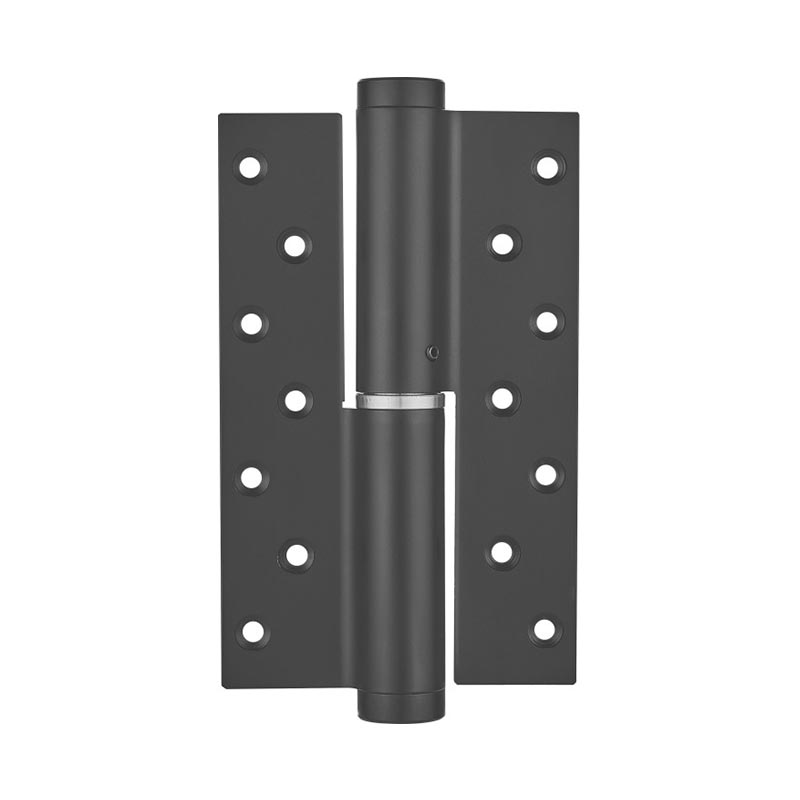The resilience of hydraulic systems under pressure is a critical aspect of their performance, and Hydraulic Buffer Hinges are no exception. These precision components, widely used in applications requiring controlled and cushioned closing of doors, cabinets, and hatches, must withstand various pressures to maintain their efficacy and safety. In this exploration, we will scrutinize the pressure resistance characteristics of Hydraulic Buffer Hinges, assessing their design, materials, and performance under different pressure scenarios.

Hydraulic Buffer Hinges are engineered to provide a smooth, controlled closing action that absorbs kinetic energy and reduces noise. Their pressure resistance is a function of several factors, including the design of the hydraulic cylinder, the choice of sealing materials, and the overall construction integrity. When subjected to pressure, these hinges must maintain their functionality without leakage, deformation, or failure.
The hydraulic fluid within the cylinder of Hydraulic Buffer Hinges is crucial to their operation. This fluid must withstand compression without significant volume reduction, ensuring that the hinge's buffering action remains consistent. The fluid also acts as a barrier against external pressures, protecting the internal mechanisms from contamination and damage. High-quality hydraulic fluids are selected for their viscosity and resistance to changes in pressure, which are essential for maintaining the hinge's performance.
The materials used in the construction of Hydraulic Buffer Hinges are another key factor in their pressure resistance. Stainless steel and high-strength alloys are often chosen for their durability and resistance to corrosion, which can compromise the hinge's structural integrity under pressure. These materials can withstand the stress of repeated use and the forces exerted by the hydraulic fluid without deforming or breaking.
Seals and gaskets within Hydraulic Buffer Hinges play a vital role in maintaining pressure resistance. They prevent the escape of hydraulic fluid and the ingress of contaminants, which could cause performance degradation. The sealing materials must be resistant to the hydraulic fluid and capable of maintaining their elasticity under varying pressures. This ensures that the hinge remains sealed and operational even in high-pressure environments.
In applications where Hydraulic Buffer Hinges are exposed to extreme pressures, such as in industrial settings or heavy-duty vehicles, the design of the hinge must accommodate these conditions. This may involve reinforced structures, pressure-relief valves, or additional support components to ensure that the hinge can handle the forces it encounters without failure.
Testing the pressure resistance of Hydraulic Buffer Hinges involves subjecting them to controlled pressure conditions and monitoring their performance. This can involve simulating the hinge's operation under high pressure or conducting endurance tests to see how the hinge performs over time. The results of these tests can provide valuable insights into the hinge's pressure resistance and help manufacturers refine their designs for improved performance.
In conclusion, the pressure resistance of Hydraulic Buffer Hinges is a multifaceted attribute that depends on the design, materials, and construction of the hinge. By understanding how these factors contribute to the hinge's performance under pressure, manufacturers can develop Hydraulic Buffer Hinges that meet the demands of even the challenging applications. This not only ensures the safety and reliability of the hinge but also enhances the user experience by providing a consistent and controlled closing action, regardless of the pressure conditions encountered.